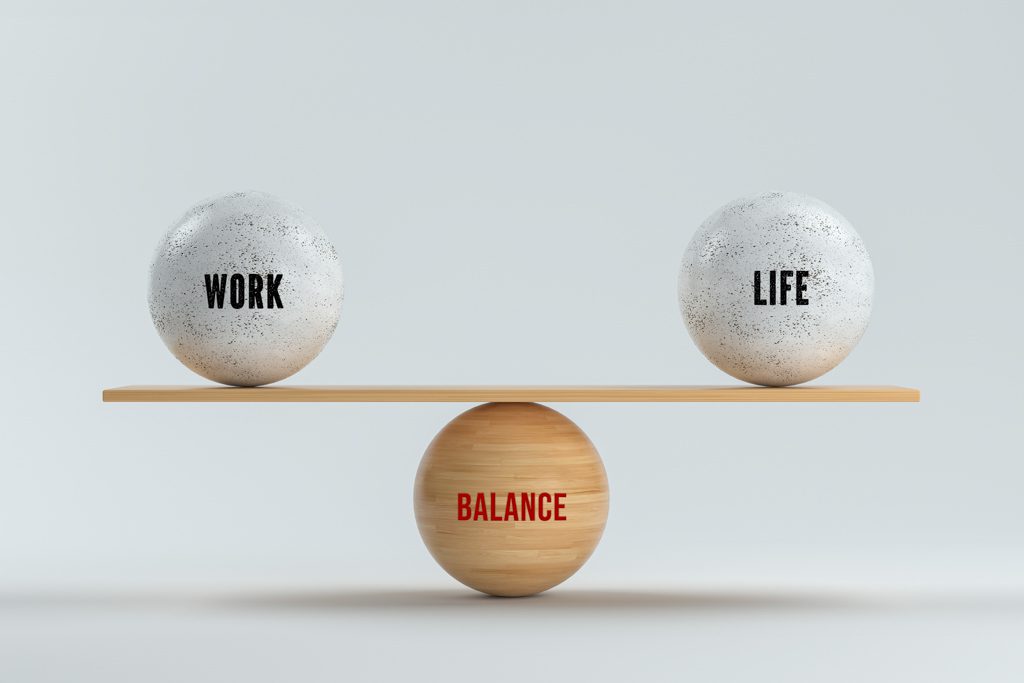Is work-life balance possible?
For an entrepreneur, it’s usually a challenge.
In the Founder Phase of entrepreneurship, the new business owner is doing everything personally. That means they’re busy, distracted and really not focused on anything else. In this phase, their family and friends are often asked to “be patient” while the business gains traction.
I don’t see any way around this phase.
The best strategy is just to get through it as fast as possible.
Farmer Phase
In the Farmer Phase of entrepreneurship, the business owner has a team and should be working less.
The challenge is internal: Their brain has evolved to look for problems. So the entrepreneur is constantly checking their phone when at home. Their partner often has to ask, “Are you listening to me?” and the relationship suffers—not because the owner is at the gym 15 hours a day anymore but because the entrepreneur can’t get the gym out of their head.
Managing staff is far harder than managing clients. This is the phase where entrepreneurs lose the most sleep, stress over a single text message and get burned out most often.
Naval Ravikant wrote this: “We say we want ‘peace of mind’ but really what we want is peace from mind.” In other words, we need to shut our brains off. This means finding hobbies that tax us mentally—not just hard workouts that tax us physically.
Tinker Phase
In Tinker Phase, the entrepreneur has gained a bit of time freedom but is now usually chasing a hundred ideas instead of enjoying the lifestyle that’s been earned. The gym runs itself, but instead of taking the summer to drive cross-country with their partner and kids, the owner is busy opening a coffee shop.
The key to this phase is what Dan Martell calls “work/life integration.” Dan’s strategy is to take his family with him when traveling, break up his day with activities that involve his kids and combine his recreation with work. For example, his mastermind groups meet at snowboarding parks.
This transition can be tough. But a good way to start is to take your team to a retreat. Rent a house for a weekend, talk about the future and then go to a ballgame together. When you meet with other gym owners, do it in a place you want to visit as a tourist (our last Tinker meetup was in San Diego, and the next is in Dallas).
I’m not sure work-life balance is possible even in more mature entrepreneurs. Over time, our brains actually change to look for problems (and create problems where there are none, just so we have something to do).
But on today’s episode of “Run a Profitable Gym,” Joleen and Leighton Bingham share what they do to find work-life balance, and they’re the masters. Check it out as a podcast or a video:

